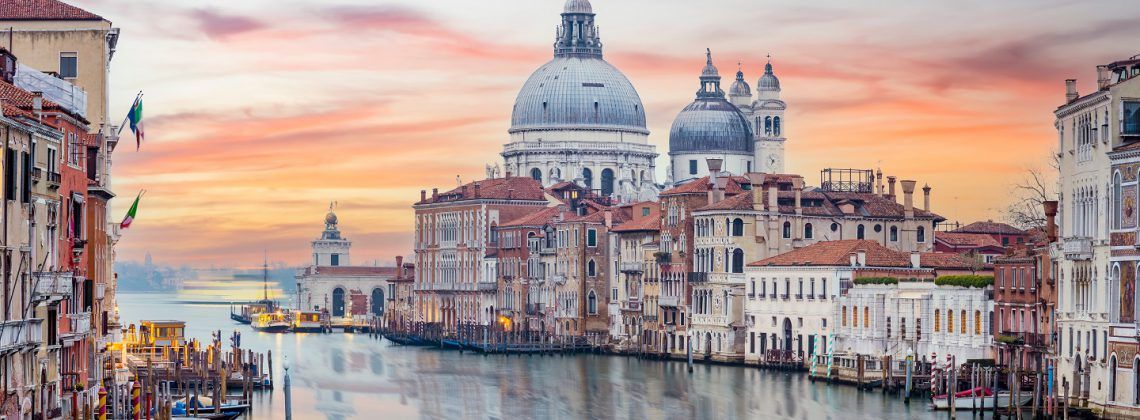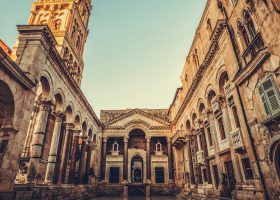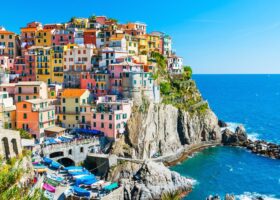Venice is one of the world’s most haunted cities, with countless legends and ghostly tales woven deep within it’s history.
Our local experts in Venice share their favorite haunted sites, filled with chilling ghost stories that make Venice a top fall travel destination for supernatural seekers.
The Dark History of Venice
Venice might be famous for its gondolas and glittering canals, but beneath the postcard beauty is something much darker. Built on tiny islands adrift in the lagoon, the city has soaked up centuries of eerie events most visitors never hear about.
Step off the tourist trail and Venice reveals itself as a place of shadows, where plagues emptied whole quarters, betrayals ended in blood and mysterious disappearances can still be heard whispered between locals today. Death and disease were once as common as gondolas, shaping the city as much as its art and palaces.
Many of Venice’s canals and palazzos still carry those ghosts. From cursed mansions to tragic love stories and bridges where restless spirits are said to linger, the city is packed with tales that make it one of Europe’s most haunting fall travel destinations.
We’ve gathered the spookiest stories , including the ones that slip through the cracks of the guidebooks, so you can see the side of Venice that hides in the dark.
9. The Grand Canal
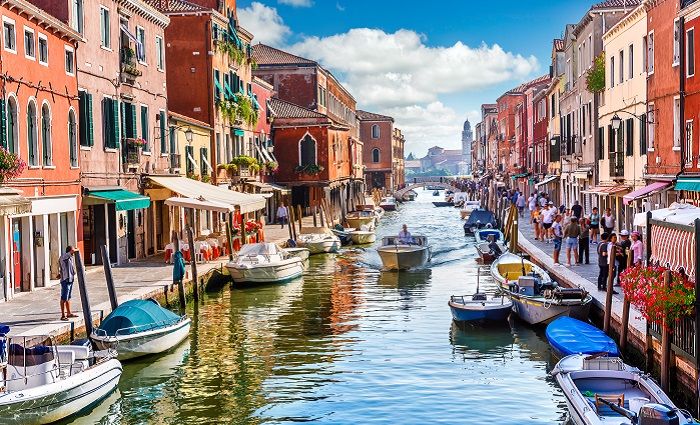
The Grand Canal may be beautiful, but it’s also one of Venice’s most haunted spots. One chilling story involves a nobleman, Lucio Marcello, who mysteriously vanished during a lavish masquerade ball in the 16th century.
Witnesses claim he was last seen boarding a gondola in the dead of night, only for the boat to drift back empty the next morning. To this day, some say his masked figure appears in the canal’s fog, searching for the boat that took him.
Then there’s the ghostly gondolier, who drowned himself after discovering the body of his noble lover in the canal. On foggy nights, his gondola is said to silently glide through the mist, vanishing without a trace.
During Venice’s 17th-century plague, bodies were dumped into the canal, and locals claim you can still hear coughing or see figures rising from the water on eerie nights.
Address: Grand Canal
Or check out our article on the best Venice tours to take and why.
8. The Rialto Bridge
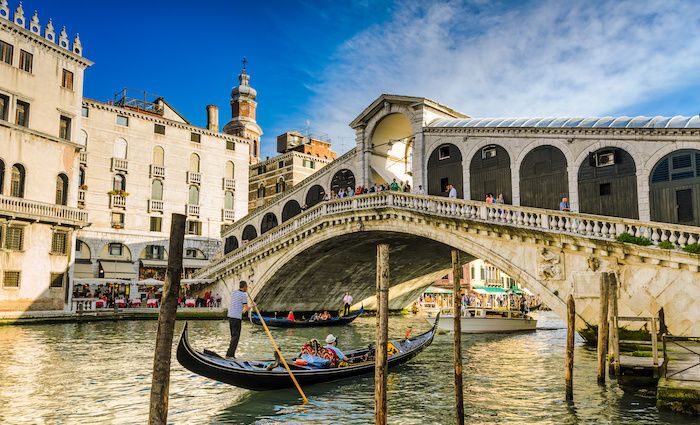
The Rialto Bridge, constructed in 1591, is a striking example of Venetian Renaissance architecture. It is an iconic symbol of the city. But alongside the beloved landmark is some haunting lore.
Legend has it that the bridge’s construction was plagued by mysterious collapses, which led architect Antonio da Ponte to a desperate encounter with a dark figure who revealed himself as the Devil. To secure the bridge’s stability, the Devil demanded the soul of the first person to cross it. In a bid to outsmart the fiend, Antonio sent a rooster across first. Unfortunately, the Devil had other plans. He ensnared Antonio’s wife instead, claiming her soul as payment.
Today, the Rialto Bridge stands as a bustling tourist destination. Yet many locals share feeling ghostly chills while walking across the bridge. They believe that the spirits of Antonio’s wife and unborn child linger in the shadows, their sorrowful presence palpable in the bridge’s quiet moments.
Address: 30125 Venice
7. Palazzo Dario
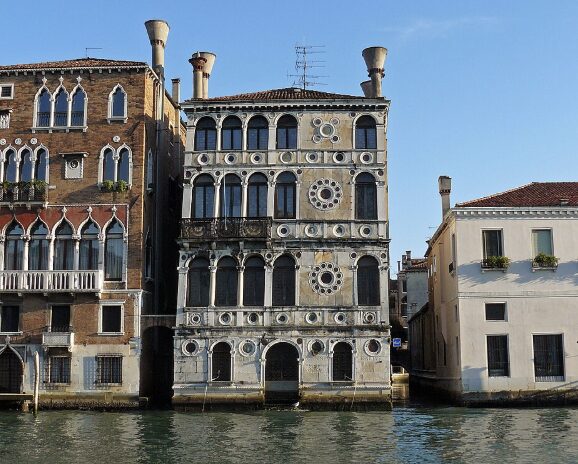
Known as the “Cursed Palace,” Palazzo Dario, or Ca’ Dario, is a striking Gothic palace along Venice’s Grand Canal. But it has a sinister reputation. Locals call it “ The House of No Return.” Built in 1479 for Giovanni Dario, its beauty hides a history of misfortune. The curse began when Dario’s daughter took her own life in the palace, followed by her husband’s financial ruin and the murder of their son. Over the centuries, nearly every owner has faced a similar fate—mysterious deaths, suicides, or bankruptcies.
Today, Palazzo Dario remains a popular stop for tourists who are intrigued by its dark past, although it is not open to the public. Visitors often admire its haunting beauty from boats on the canal, but locals steer clear of it, believing that the curse still lingers.
The myths surrounding the palace suggest that it may have been built over a Templar cemetery, adding to the air of mystery. Despite its allure, Venetians continue to warn against spending too much time near this building.
Address: Campiello Barbaro, 352, 30123 Venezia
6. Cannaregio Canal
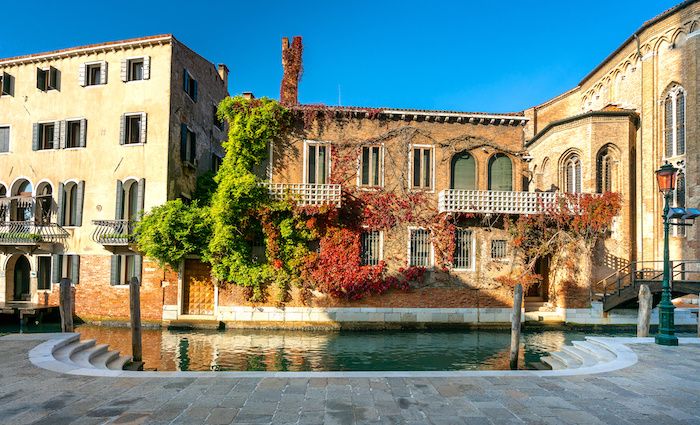
The Cannaregio Canal, one of Venice’s largest and most historic waterways, holds its own dark secrets beneath its tranquil surface. Connecting the Grand Canal to the lagoon, it was once the gateway for visitors arriving in Venice.
However, it’s also linked to tales of tragedy. During the height of the Black Plague, the canal transported victims to nearby quarantine islands like Poveglia. For this reason, the canal has long been associated with sorrow and loss. Locals say the wails of the sick can still be heard on quiet nights, carried by the wind from the lagoon.
But Cannaregio has some fascinating and mysterious tales beyond just the plague. This area was also home to the legendary artist Tintoretto. His daughter, Marietta, is said to have had an encounter with a mysterious old woman, which sparked rumors of witchcraft. Some claimed the old woman was a strega (witch) who had cast a curse on Marietta, leading to her mysterious illness and early death. To this day, locals avoid walking alone by the canal after dark, fearing a similar encounter.
Some people say that ghostly figures still appear along the banks, especially at night.
Address: 30100 Venice
5. Palazzo Mastelli del Cammello
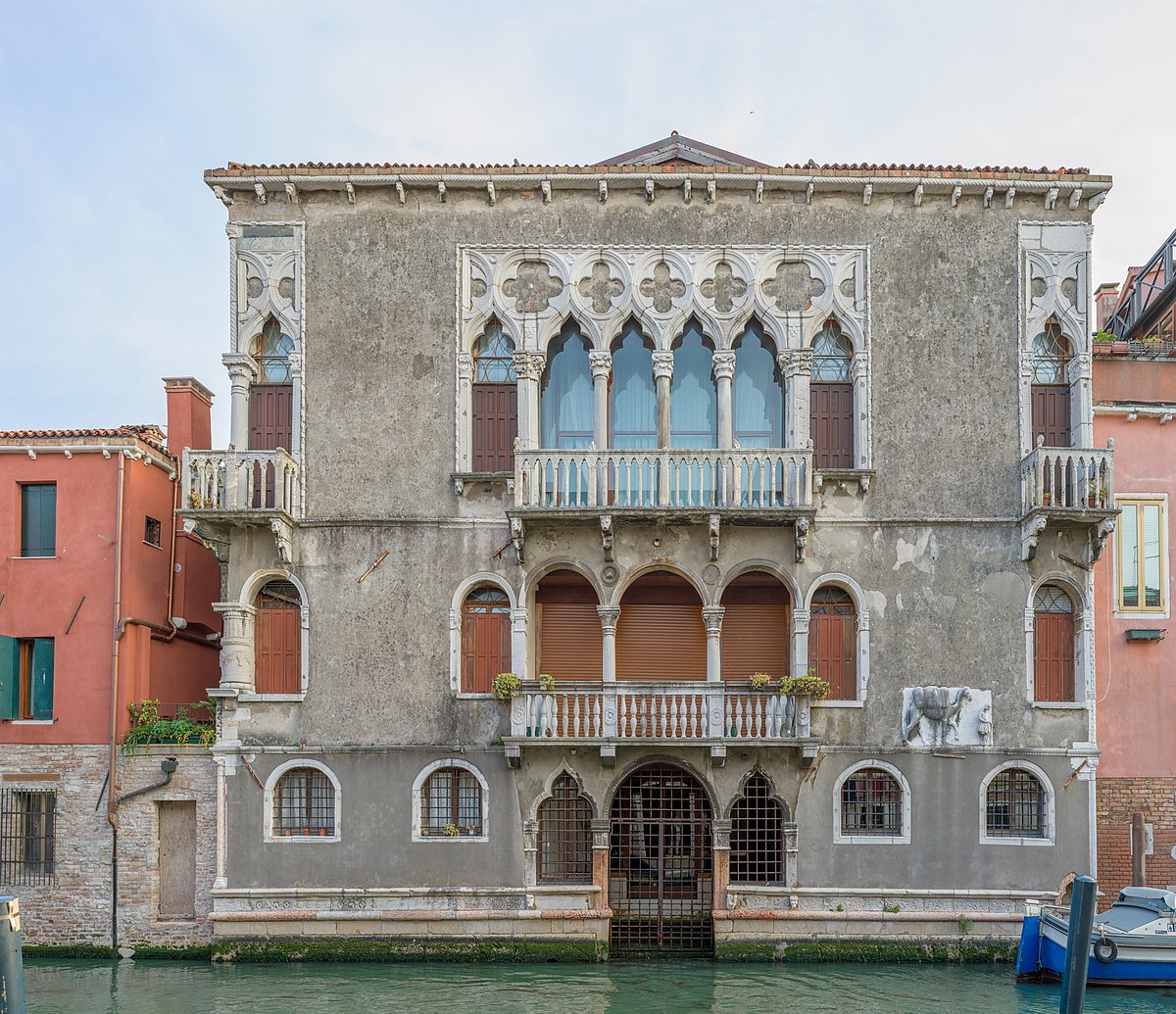
In the heart of Venice’s Cannaregio district, the Palazzo Mastelli del Cammello stands as a testament to Gothic architecture—and a chilling legend. The palazzo is adorned with statues said to represent the Mastelli brothers, wealthy merchants whose fate was sealed by greed.
The story tells of the Mastelli brothers attempting to swindle a poor widow by selling her overpriced fabric. Outraged by their dishonesty, she cursed them, turning the brothers into stone. These statues now serve as a haunting reminder of the curse.
Superstitious locals believe that touching the nose of Sior Antonio Rioba, one of the brothers, brings fortune in business—but some warn against tempting the curse’s power.
Address: Calle Tintoretto Cannaregio, 3401, 30121 Venezia
4. Casino degli Spiriti
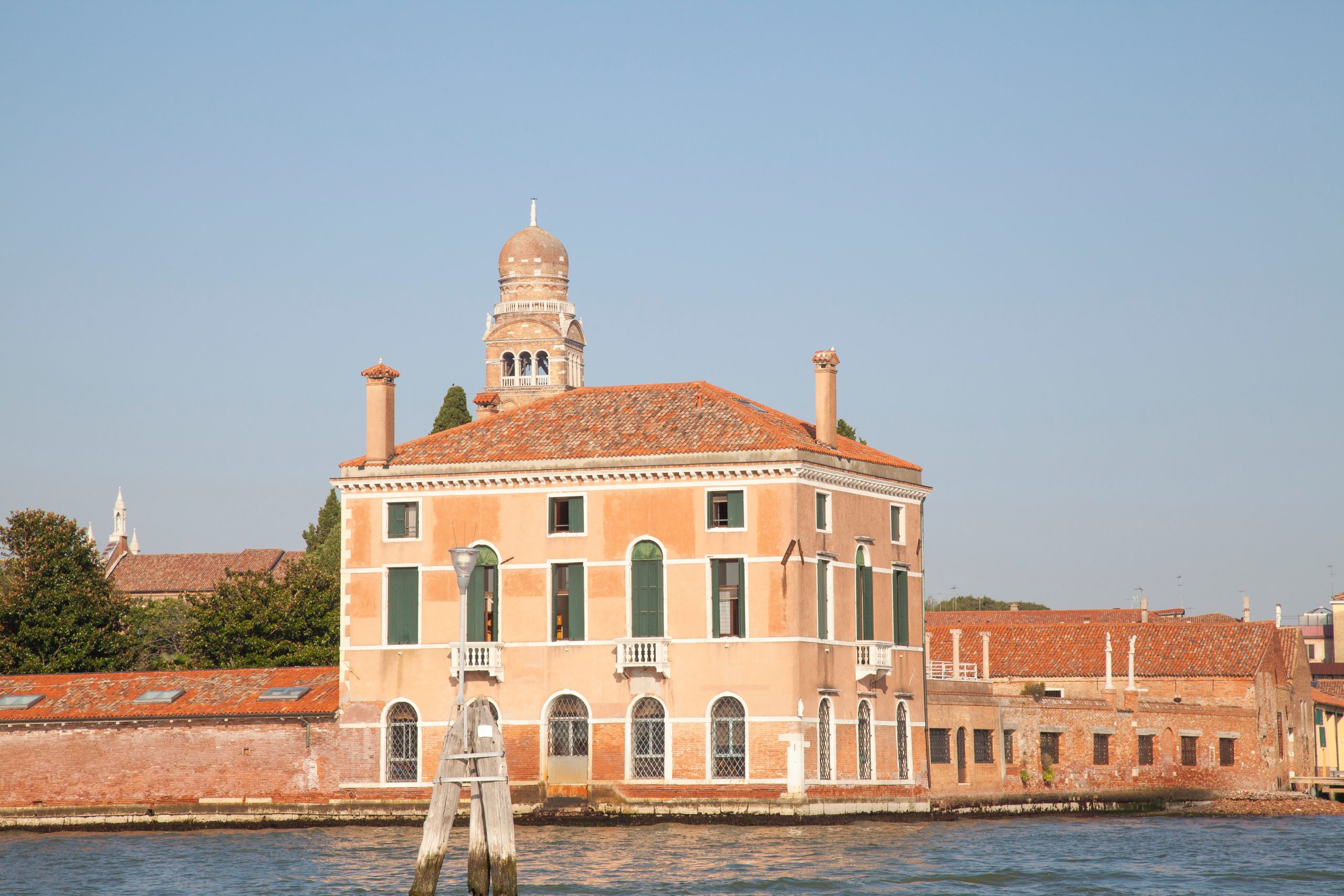
The Casino degli Spiriti has a long history of hauntings and dark events. Built in the 16th century, it once served as a gathering place for Venetian philosophers and artists. One of the most famous legends revolves around Pietro Luzzo da Feltre, a 16th-century painter who often met with fellow artists in the palace.
After being rejected by the woman he loved, Luzzo tragically took his own life within its walls. According to legend, his ghost now wanders the palace, mourning his unrequited love.
As the palace fell into disuse, rumors of its cursed nature grew, with locals reporting eerie noises resembling Gregorian chants drifting from the lagoon at night. Other locals claimed to see strange lights and hear howling near the palace.
Fishermen still refuse to cast their nets in the surrounding waters, believing the area holds more than just chilling legends.
Address: Fondamenta Gasparo Contarini, 3541, 30100 Venezia
Or check out our article on the best Venice tours to take and why.
3. The Jewish Cemetery
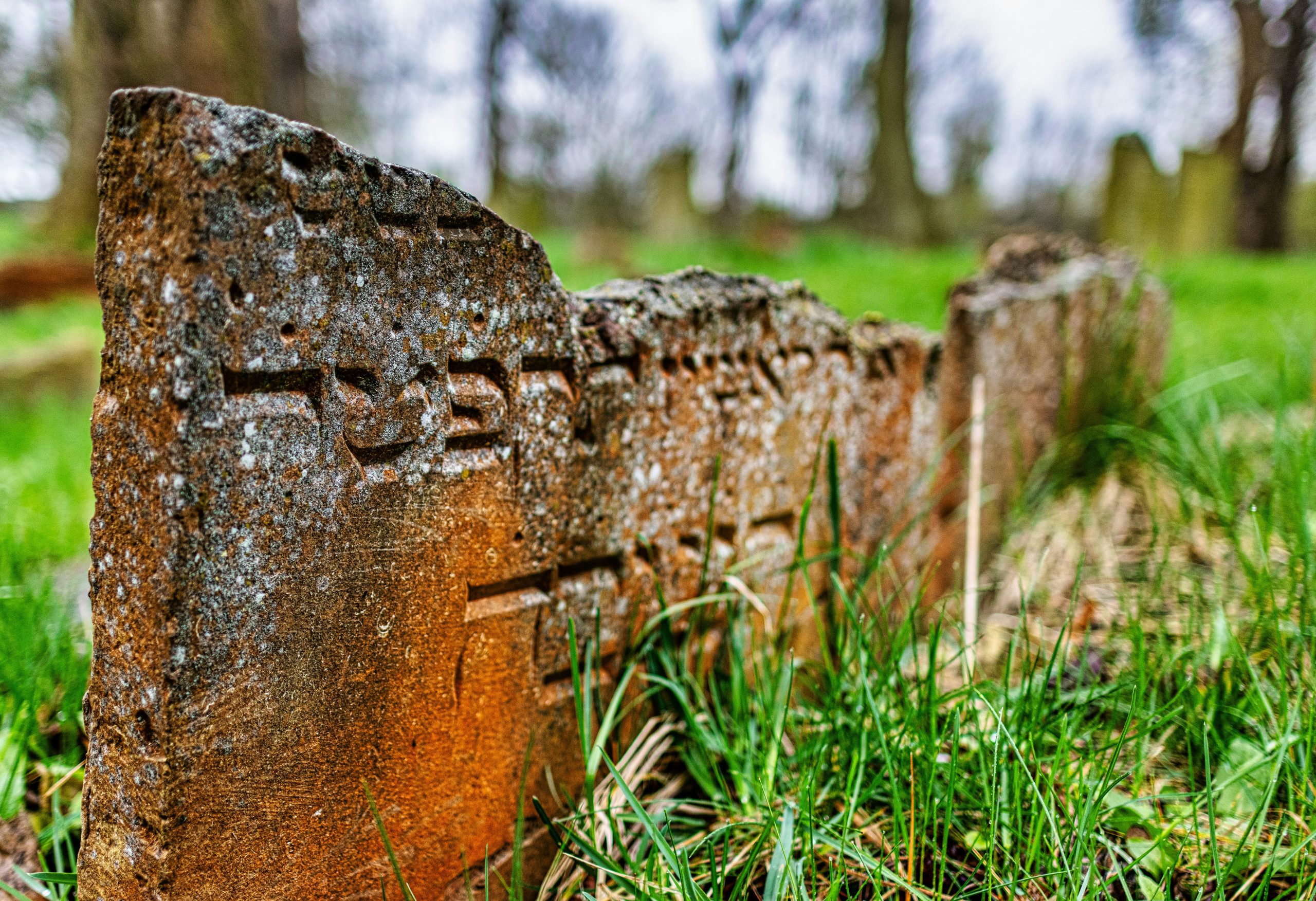
The Jewish Cemetery on Lido Island dates back to 1386. Initially a quiet resting place, it later became a place surrounded in ghost stories and legends. During the plague of 1575, many Jewish children died, and local legend claims their spirits still roam the cemetery.
One story involves Rabbi Jacob Sterchel, who had a vision of ghostly children playing among the graves. To break the curse, his disciple, Ariel, was sent at midnight to retrieve a burial shroud. He encountered the spirits firsthand, witnessing strange sights and sounds.
The cemetery was abandoned after 1938, but today it’s a popular site for those interested in history and ghostly tales.
Address: Via Cipro, 57, 30126 Venezia
2. Devil’s Bridge
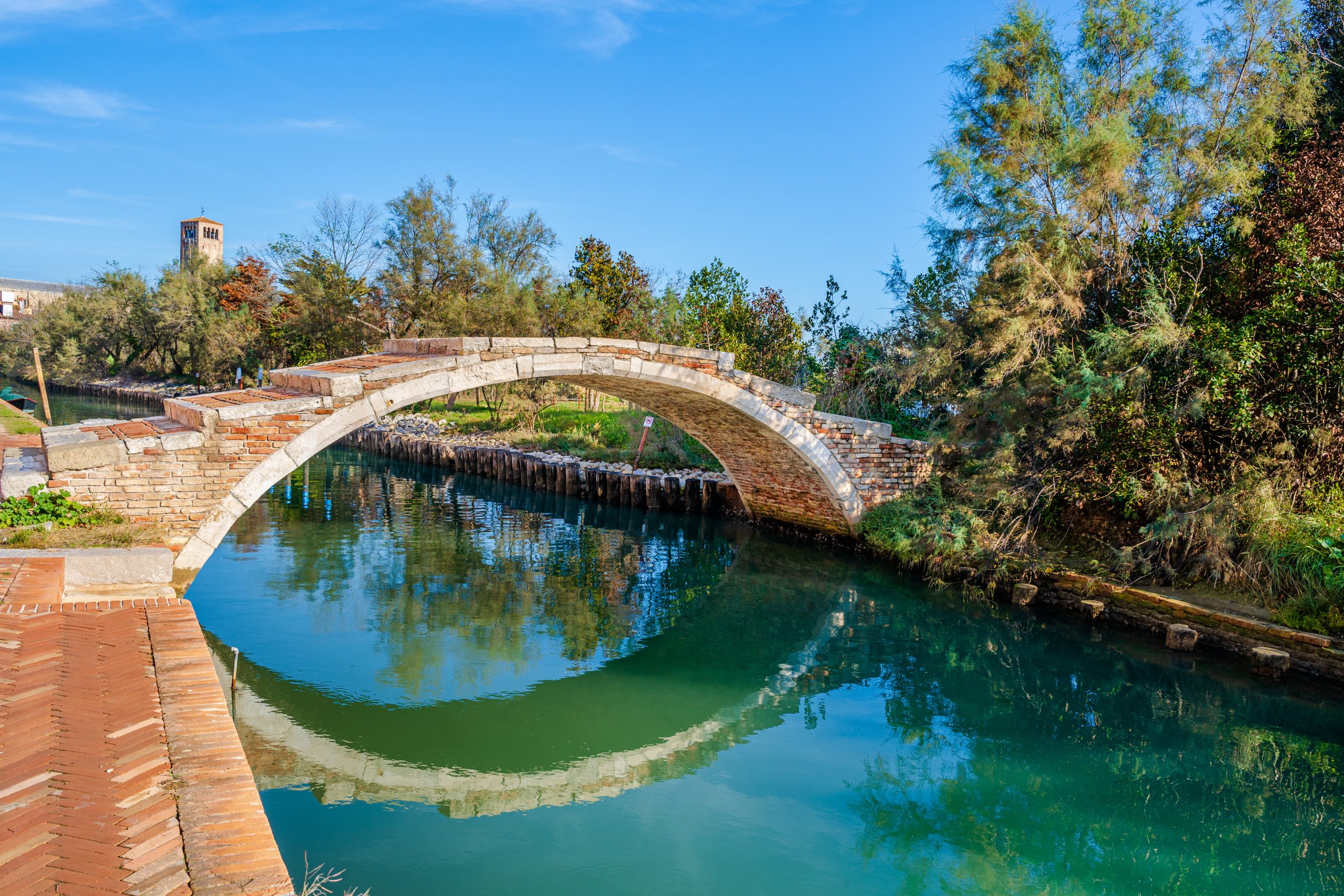
One of Torcello’s most fascinating features is the Devil’s Bridge (Ponte del Diavolo), one of the last Venetian bridges without parapets. The bridge is shrouded in mystery, with a local legend dating back to Austrian domination.
The story involves a young Venetian girl who, devastated by the murder of her Austrian lover, sought the help of a witch. The witch made a pact with the devil to bring the lover back, but in exchange, the devil demanded the souls of seven children. Each year on December 24th, the devil returns in the form of a black cat to claim his souls.
Address: 30142 Venice
1. Poveglia
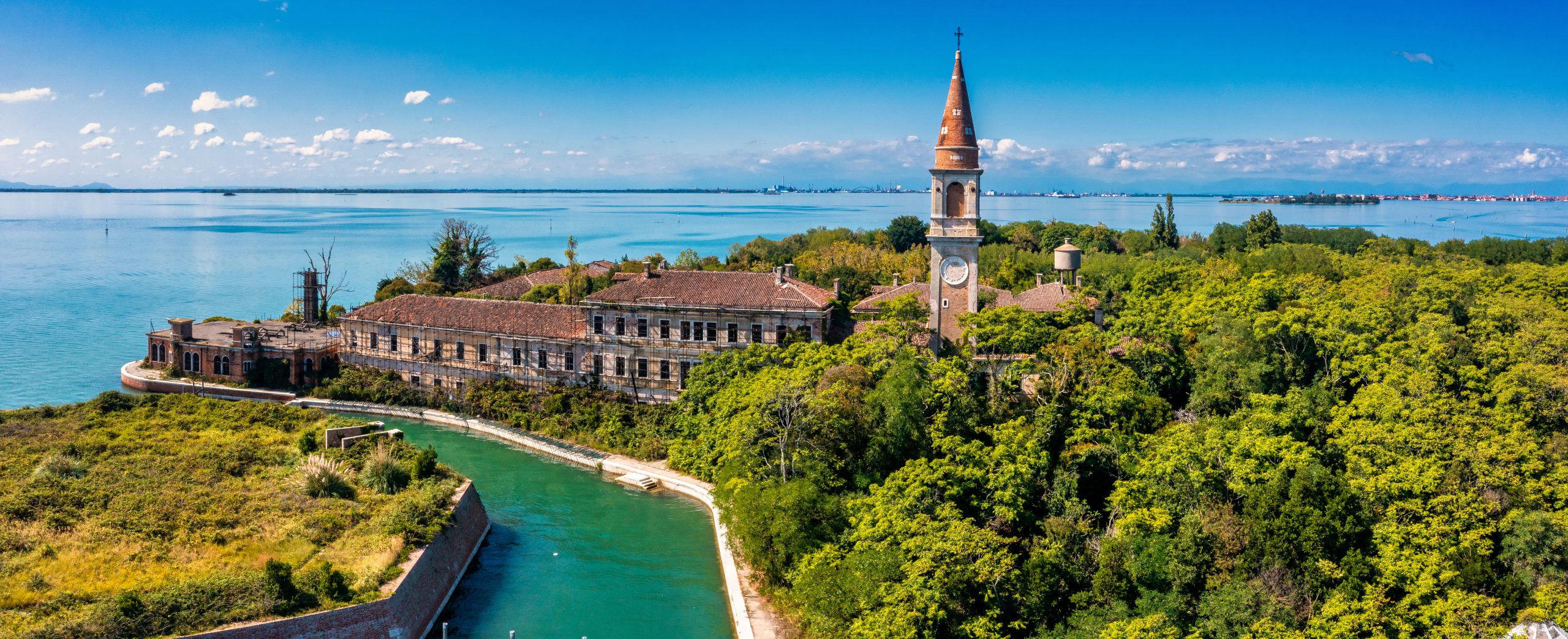
Poveglia is a small island located south of Venice. It has a rich and haunting history that stretches back to the early medieval period. Mentioned in records as early as the 6th century, the island originally provided refuge to those fleeing barbarian invasions.
By the 14th century, Poveglia became more significant when the Venetian Republic used it as a quarantine station during the outbreak of the Black Death. Thousands of plague victims were reportedly sent there to die, and it is rumored that the island’s soil contains human ashes.
In 1776, the Venetian government officially transformed Poveglia into a lazaret, a quarantine island for maritime travelers. It continued to serve this purpose until the early 19th century.
By 1922, the island hosted a psychiatric hospital, which was operational until the 1960s. This hospital gave rise to many dark legends, including that of a “mad doctor” who performed experiments on patients before leaping to his death from the bell tower. The hospital was eventually abandoned, and Poveglia has been left to decay.
It is considered the most famous haunted place in the Venetian lagoon and most haunted island in the world.Though closed to the public due to safety concerns, adventurous tourists can visit with special permission.
Address: 30100 Venice
Venice is breathtaking, no doubt, but what really makes it fascinating is the dark, eerie history most tourists never hear about. Beneath the picture-perfect canals and grand palazzos are centuries of spine-tingling stories—cursed palaces, haunted canals, and ghostly figures still wandering the city at night.
Venice has seen plagues, mysterious disappearances, and tragic deaths that give it a much more complex (and chilling) charm.
If you’re curious about the city’s haunted side, diving into its darker history will give you a whole new perspective on Venice—one that’s way more interesting than the typical tourist spots.
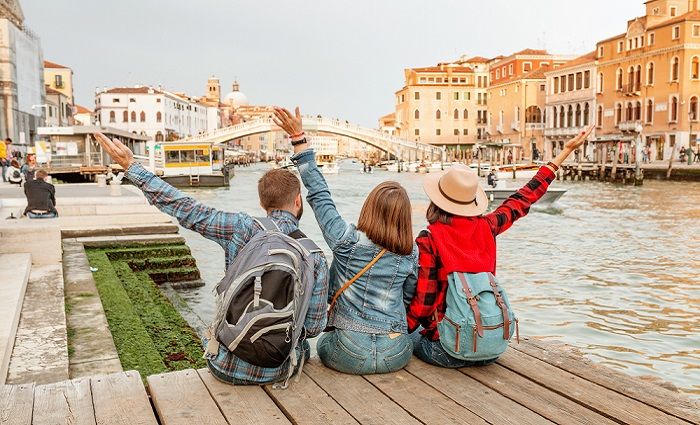
Where To Stay in Venice
Despite the size of this little island, there are endless hotel options to choose from. We’ve picked the best neighborhoods and hotels to stay in whether you prefer Italian luxury or quiet serenity—or both!
